This very rare Berlin exhibition catalogue with original woodcuts is back home after being on view in the Princeton University Art Museum’s splendid show on 1913 and French modernism. Note that our copy also Includes a curious advertisement for the “7. Graphikmappe für passive Mitglieder” of the artists’ group Brücke, to be issued 1912. Illustrations: 9 prints on pink wove paper; full-page woodcuts: 2 each by Erich Heckel (1883-1970), E.L. Kirchner (1880-1938), Max Pechstein (1881-1955), Karl Schmidt-Rottluff (1884-1976); 1 by Otto Mueller (1874-1930). Issued in paper covers (ours are bluish-grey) with an additional woodcut by Kirchner on red paper on the front cover.
Recently in Illustrated books Category
“Having some obscure chest complaint, Mr. Nottage decided upon leaving England “in search of a climate,” for a tour which might comprise a visit to Australia, the Sandwich Islands, and Southern California. Once we have got over a certain egotism, the result to the reader is almost entirely pleasant, for the author, although he can boast no particular literary style, is an excellent gossip; and as he saw a good deal upon his tour, and passed through the Hawaiian revolution, his record is not without value.”
“Mr. Nottage has anticipated the strictures of those critics who are likely to be influenced by the way in which the subject suggested by the title is kept in the background, by printing in his preface a number of tentative reviews of a somewhat hostile type. We can assure him, however, that he need not fear that anyone who reads his book through will have much else but praise for its exceedingly interesting character, and that the mere fact that he has relegated the question of climate to a secondary position will easily be forgiven.”
Charles G. Nottage, In Search of a Climate, with thirty photographic illustrations … in photomezzotype by the London stereoscopic & photographic company, ltd. (London: S. Low, Marston & company, limited, 1894). Graphic Arts Collection (GAX) 2003-1016N
“The photographic illustrations of the book deserve more than a word of praise: designed and reproduced in photomezzotype by the Stereoscopic Company, they are of very unusual merit, and should make popular any book of travel.”— William Thomas Stead, The Review of Reviews, 1893
Rare Books also owns a copy of the original prospectus in Prospectuses and Announcements from Italian, French, and English printers, Booksellers, and Publishers, 1736-1830. (Ex) Z338 .P76q
Late in his career, John Baskerville printed an edition of Orlando Furioso for the Molini brothers, an Italian printing firm based in Paris. This beautiful four-volume set of Ariosto’s 50,000 line poem is illustrated with forty-six engraving (plus a frontispiece), designed by some of the most celebrated artists of that time. A new engraving begins each new episode of the author’s work and the artists appear to have been given much freedom in their designs. The twenty-one artists don’t often get credit and so, here’s the complete list.
Frontispiece portrait is after a painting by Titian (ca. 1485/90?-1576), drawn by Charles Dominique Joseph Eisen (1720-1778) and engraved by Etienne Ficquet (1719-1794).
The plates were designed by Giovanni Battista Cipriani (1727-1785); Charles Nicolas Cochin II (1715-1790); Charles Dominique Joseph Eisen (1720-1778); Jean-Baptiste Greuze (1725-1805); Charles Monnet (1732-after 1808); Jean-Michel Moreau the Younger (1741-1814).
The engravings were cut by Francesco Bartolozzi (1728-1815); Pierre Philippe Choffard (1730-1809); Antoine Jean Duclos (1742-1795); Emmanuel Jean de Ghendt (1738-1815); Isidore Stanislas Henri Helman (1743-?1806/9); Benott Louis Henriquez (1732-1806); Nicolas de Launay (1739-1792); Joseph de Longueil (1730-1792); Pietro Antonio Martini (1738-1797); Jean Massard (1740-1822); Jean-Michel Moreau, the Younger (1741-1814); Nicolas Ponce (1746-1831); Benoit Louis Prevost (1747-ca. 1804); and Jean-Baptiste-Blaise Simonet (1742-after 1813).
The prospectus states: “The Brothers Molini have undertaken to present an Edition which will satisfy the desires of the Public, and correspond with the reputation of this great man. They have used the presses of the famous Baskerville, whose master-pieces of printing all the world knows and admires.”
Dibdin said, “The Baskerville edition of Orlando Furioso with the cuts of Bartolozzi is more exquisite than the splendid edition of Zatta. I never see, or even think of, the lovely edition of Baskerville, of 1773 … without the most unmixed satisfaction. Paper, printing, drawing, plates—all delight the eye, and gratify the heart, of the thorough-bred bibliomaniacal Virtuoso. This edition has hardly its equal, and certainly not its superior, in any publication with which I am acquainted.”
This might be the most interesting note: “The engraver Bartolozzi grew weary of the delays of the publisher of these beautiful volumes, who one day in a passion called him an ass, a poltroon, an animal. The artist made no reply; he was working at the moment on the plate of the 43d Chant; without turning from his task, he lightly traced these three words upon the tomb which was engraved upon that plate,—d’asino, de poltrone, d’animale.” —Josiah Henry Benton, John Baskerville (Updike, 1914)
Someone must have caught this and scraped it off, since our plate doesn’t include these words:
Born in Bordeaux, Edy-Legrand (Édouard Léon Louis Legrand) studied at the École des Beaux Artes in Paris and the Art Academy in Munich. As an adult, he traveled extensively, living for a time in Morocco, but when this book was drawn and written, the artist was still in Paris only dreaming of exotic locations.
The story of the lovers Macao and Cosmage who lived an idyllic life on a secluded island touched many readers including E.M. Forster (1879-1970), who reviewed the book in glowing terms. Forster noted that in “the heart of each man there is contrived a magical island.” Just as Macao and Cosmage had to confront the modern world when a ship lands on their island, Forster draws a parallel in the way human beings preserve their moments and visions of bliss “from the thoughtless destructive reality.” — Abinger Harvest (1936). (Ex) 3743.5.3105
Thanks to the generous assistance of the Friends of the Princeton University Library, the graphic arts collection has acquired a stunning copy of the 17th-century festival book, Courses de testes et de bague documenting the Carrousel of 1662, the last fête held in Paris before Louis XIV (1638-1715) moved the court to Versailles.
The Imprimerie Royale of France published Courses de testes et de bague in the final months of 1670 as the first volume of the Cabinet du Roi (later reorganized as volume X). Seven hundred copies were printed and bound in red leather, four hundred in French and three hundred in Latin. The book records a Carrousel (also written carousel) or tournament held on June 5 and 6, 1662, organized by the twenty-four year old King. The fifty-five participants were divided into five quadrilles representing the Romans, Persians, Turks, East Indians, and Native Americans Indians, with the king and four of his highest ranking noblemen as the chiefs.
The acquisition is a nice complement to the seven small pamphlets already held in the rare book collection describing the Carrousel: Iorvnal historique dv grand et magnifiqve carovsel ov tovrnoy de Lovys XIV, roy de France et de Navare. Contenant ce qui s’est fait & passé les cinq & six de iuin courses de la bague (Paris: Chez I.B. Loyson, 1662). With this acquisition we not only document the event but also the beginning of the Cabinet du Roi, the first use of the icon of the sun by Louis XIV (Sun King), and the farewell to Paris by the royal court.
During the eight years it took to create Courses de testes et de bague, the five men responsible for it—Charles Perrault, Esprit Fléchier, Israel Silvestre, François Chauveau, and Gilles Rousselet—became or already were members of the controlling academies of Paris. Historian Lynn Festa, writing in Empires of the Sun: Colonialism and Closure in Louis XIV’s 1662 Carrousel, comments, “What is curious about the Carrousel is the prominent place given within this closed universe to those who have no access to power within it—to images of subjugated populations, to colonial rivals, to slaves.”
“Rather than challenging Louis’s serene, absolutist order, the exotic otherness of the extravagantly costumed princes, slaves, and animals, serves to celebrate the king’s power. The potentially threatening plurality of images is enclosed in the systematic, subordinating hierarchy of the royal fete. If the first half of the Carrousel—the procession—celebrates and constructs the otherness of its exotic figures, the second half—the ritual assembly before the Louvre—rewrites the meaning of these images into a specifically French iconography that affirms the centrality of Louis XIV.”
Our sincere thanks to the Friends of the Princeton University Library for making this possible!
For more information, read this Haverford senior thesis: http://thesis.haverford.edu/dspace/bitstream/handle/10066/1414/2008NelsonN.pdf
Created under the artistic direction of Umberto Brunelleschi (1879-1949), La Guirlande is one of the rarest of the Art Deco magazines. Early in his career, Brunelleschi produced fierce caricatures for L’assiette au beurre, a satirical weekly published in Paris from 1901 to 1914. He signed his drawings Aroun-Al-Raxid.
Mainly successful as an illustrator, Brunelleschi combined elements from the eighteenth-century galanteries with the buffoonery of the Commedia dell’arte. He contributed illustrations to numerous publications including Gazette du bon ton and Le rire. Between his numerous voyages, he illustrated Goethe’s Werther, Alfred de Musset’s La nuit vénitienne, Diderot’s Les bijoux indiscrets and Hans Christian Andersen’s fairy stories, among others.—Benezit Dictionary of Artists
Peter Johann Nepomuk Geiger (1805-1880), Peter Joh. Nep. Geiger’s historische Original-Handzeichnungen bestehend in neunzig Blättern mit einem erklärenden Texte (Peter Joh. Nep. Geiger’s original historic drawings consisting in ninety leaves with an explanatory text) Herausgegeben von Anton Ziegler. [Vienna, 1861.] 6 vols, First edition, privately printed. Graphic Arts Collection 2013- in process
Using linear visual narratives, Gieger chronicles Austrian history from the Middle Ages to Archduchess Leopoldina’s 1817 arrival in Rio de Janeiro as Empress of Brazil. The work first began to appear that same year as Historische Handzeichnungen, Vienna, kaiserlich-königliche Hof- und Staatsdruckerei. Graphic Arts recently acquired a compilation of the entire set of Gieger’s history.
Peter Geiger (1805-1880) was a respected history painter and illustrator, producing popular images based on the works of Goethe, Schiller, and Shakespeare, as well as Austrian authors such as Grillparzer and Stifter. It was his work for an earlier project, Anton Ziegler’s Vaterländische Immortellen aus dem Gebiete der österreichischen Geschichte (1838-1840), which first brought him considerable public attention. Although Princeton does not own this multi-volume work, it is available through itunes. A note of caution when searching Geiger online: aside from Royal portraiture and literary illustration, he also had a lucrative business creating erotic art.
Claude Charles Guyonnet de Vertron (1645-1715), Le nouveau pantheon, ou,
Le rapport des divinitez du paganisme, des heros de l’antiquité, et des princes surnommez grands, aux vertus et aux actions de Louis le Grand (Paris: Jacques Morel; Henry Charpentier, 1686). Graphic Arts Collection (GAX), Item 6576801
The frontispiece and plates are engraved by Jean Sauvé (1635-1692), who not only kept a studio on rue Saint Jacques in Paris but also worked in Bologna and Munich.
“If Louis XIV abandoned the traditional pubic state ceremonials of his predecessors,” writes Ralph Giesey, “he created in their stead a private, palace-centered ceremonial life for himself as grandiose as any in the annals of western European history. The cult of the Sun King, elaborated in art and architecture at Versailles and Marly and acted out in a daily ritual lived by Louis XIV for several decades, has not yet received the comprehensive study it deserves…”
“The official emblem of His Majesty is a resplendent sun shining over a terrestrial globe with the device Nec Pluribus Impar, Not Unequal to Many, which means to say His Majesty is equal to many kings. …All the world knows the image of His Majesty as Sun King from the myriad of engravings that have been printed and the host of medals issued from the mint. …”
Giesey continues, “I find myself unable to respect the classical themes in the cult of the Sun King the way I do analogous elements in his predecessor’s ceremonials—as, for example, in royal entries. Revival of the virtues of the pagan world during the Renaissance had meant a broadening of the base of humanitas in western society; Louis XIV made the pagan world seem to be an allegory of his own personal life.”
“The cult of the Sun King postulated Louis’s Divinity on a colossal scale without risking the taint of sacrilege. Louis XIV emancipated himself from old royal ceremonials that had brought the ruler together with his subjects in public forums and created in their stead rites of personality carried out in his private dwellings. L’état, c’est moi whether or not Louis XIV ever uttered those words as a motto of his political conduct, they do catch the ineffable spirit of his ritual life.”
Ralph E. Giesey, “Models of Rulership in French Royal Ceremonial,” in Rites of Power: Symbolism, Ritual and Politics Since the Middle Ages, edited by Sean Wilentz (Philadelphia: University of Pennsylvania Press, 1999). Firestone JA74 .R56 1985
“Letterpress printed on a hand proofing press. Printed in four colors (blue, black, red and yellow) on paper towels. Approximately 190 Printing forms and runs. Sewn binding. Letterpress printed pastedowns and free end pages. In letterpress printed dust jacket.”
For the last thirty years, the Basel artist and typographer Romano Hänni has been creating experimental hand-set, letterpress books. Editor Lukas Hartmann notes, “Anyone accusing Romano Hänni of being a hot type nostalgic has misunderstood most of his work - or has never held and read one of his hand-printed books.”
“These books are little marvels full of visual poetry. The technical effort behind them can only be divined by somebody who has pursued training in hot type printing. …Hänni enjoys passing on his knowledge and skills, ensuring that centuries-old manual techniques are not only kept in museums.”
“Since the invention of script and the printed word,” writes Hänni, “we have lost access to pictorial statements: we have become character devout. Nonetheless, we still read images. Fluent reading is based solely on prejudices. The knowledgeable rdeaer deos not pecie toghteer indaidviul chaearcrts to from wrods but peircvees wrod imeags in tiehr etitrney.”
“However, when reading images, signs and symbols, we seem to struggle, even though they also represent a source of information with a simultaneous effect on various levels. Initially, our visual perception looks for symmetry and a human face….”
The Graphic Arts Collection also acquired this catalogue about his work:
Romano Hänni, 27 Jahre Bleisatz: Romano Hänni: Handpressbüchlein 1984-2010 = 27 years hot type: Romano Hänni: Handprinted Books 1984-2010 (Basel: Romano Hänni Verlag, 2011). GAX2013- in process
The typography and illustrations in this 1924 anthology on contemporary film are by [Frederick] Arthur Wittig (1894-1962). Contributions include short essays by Heinrich Pfeiffer, E. Redslob, Alexander von Gleichen-Russwurm, Joe May, Emil Jannings, Ernst Lubitsch, Guido Seeber, Alfred Richard Mayer, Dr. Soetbeer, F. Lamp, Carl Forch, Albert Hellwig, Peter Grassmann, Aros, Gottlieb Hermes, Dr. Häentzschel, Curt Wesseling, Richard Ott, Walter Bloem, Otto Boehm, Alfred and Arthur Rosentahl Rupp.
Originally, the book was published in an edition of 500 copies, signed and numbered by Wittig. Subscribers also received an original lithography by Carl Rabus. Princeton’s rare surviving copy is unnumbered and unsigned.
In the fall of 1954, the Swiss-born photographer Robert Frank applied to the John Simon Guggenheim Memorial Foundation. He asked for a fellowship “to photograph freely throughout the United States and make a broad voluminous picture record of things American.” Frank was successful and in the summer of 1955, set out in a used Ford to photograph America.
Frank drove over 10,000 miles in the next eighteen months, shooting 767 rolls of film. 1957 and 1958 were spent developing and printing the film; selecting shots; finding the appropriate author to write an introduction (Jack Kerouac); and printing the final book, which was called Les Americains (1958) and The Americans (1959).
One of the first photographs Frank made in the summer of 1955 was “Fourth of July- Jay, New York, 1955”. That original negative has been reprinted several times over the years and in 2009 Jon Goodman used it to print 500 photogravure frontispieces for The Limited Editions Club’s printing of the Declaration of Independence.
The Declaration of Independence. Photograph by Robert Frank; afterword by David Armitage. New York: The Limited Editions Club, 2010. Graphic Arts Collection. Copy 20 of 500.
For eighteen years, the French printer and engraver Philippe Pigouchet (active 1488-1518) and the printer Simon Vostre (active 15th century) worked together to produce hundreds of Books of Hours for the European public. According to Sandra Hindman, Parisian printers turned out more than 1,775 editions of Books of Hours from about 1475 to 1600.
Princeton University Library owns six bound copies published by Pigouchet and Vostre, with as many as 16 large metalcuts along with other illustrations. The Graphic Arts Collection holds a set of leaves, ten metalcuts, which have been removed from a 1496 edition. Here are a few examples.
GC110 Bookleaves, 15th century. Graphic Arts Collection
Catholic Church, Ces presentes heurues a lusage de Romme (Paris: Philippe Pigouchet for Simon Vostre, August 2, 1493). Rare Books: South East (RB) EXI 5942.247
Catholic Church. Horae secundum usum Romanae Curiae (Paris: Philippe Pigouchet, for Simon Vostre, 17 Sept. 1496). Rare Books: South East (RB) EXI 5942.247.12
Catholic Church. Ces presentes heures a lusaige de Rome … (Paris: Philippe Pigouchet for Simon Vostre, 4 Nov. 1497). Rare Books: William H. Scheide Library (WHS) 5.3.4
Catholic Church. Incipiunt hore beate Marie virginis secu[n]dum vsum Sarum … (Paris: Phillipe Pigouchet for Simon Vostre [1498?]). Rare Books: South East (RB) EXI 5942.247.13
Catholic Church. Les presentes heures a lusaige de Rom[m]e fure[n]t acheuez le xvi. iour de Septembre, lan Mil LLLL.iiii.xx. et xviii. pour Simon Vostre, libraire demourant a Paris a la rue neuue nostre dame a lymage sainct Jehan leuangeliste ([Paris: Philippe Pigouchet, for Simon Vostre, 16 Sept. 1498]) Rare Books: South East (RB) EXKA Incunabula 1498 Catholic Church
Catholic Church. Ces presentes heures a lusaige de Rōme sōt au lōg sās req̄rir & ont este faictes pour Symō vostre Libraire: demourant a Paris a la rue neuue nostre dame a lenseigne sainct Jehan leuangeliste par Philippe pigouchet (Paris: P. Pigouchet [1502?]). Rare Books (Ex) BX2080 .xA2 1502
See also: Jules Renouvier (1804-1860), Des gravures sur bois dans les livres de Simon Vostre libraire d’Heures, par Jules Renouvier; avec un avant-propos par Georges Duplessis (Paris: Aubry, 1862). Marquand Library (SA) NE1200.V5 R29.
The Graphic Arts Collection is fortunate to have acquired a book written by Pierre Le Noble, the pseudonym for an unidentified author and published by Pierre Marteau, a fictitious publisher. Although the title page records Cologne as the place of publication, it is more likely to have been printed in Amsterdam for a French audience, to avoid trouble with the censors.
Françoise d’Aubigné marquise de Maintenon (1635-1719) married Louis XIV (1638-1715) in a private ceremony during the winter of 1685-86. It was the second marriage for both. Although morganatic marriages were not recognized in France, this was a secret, unapproved marriage between two people of uneven rank, barring the passage of the King’s titles and privileges to his wife.
The king’s (well-known) secret marriage was a sensitive topic in the seventeenth century, hence the use of a pseudonym by the author and a fictitious name for the publisher. Neither one wanted to risk their careers being connected to a potentially scandalous book.
Le passe-temps royal de Versailles. ou, Les amours secretes de Madame de Maintenon. (The Royal Pass-times of Versailles or The Secret Loves of Madame de Maintenon) (Cologne, Pierre Marteau, 1695). Originally published under the title La cassette ouverte de l’illustre criole, ou, Les amours de madame de Maintenon (A Ville Franche [i.e. Amsterdam?]: David du Four, 1690). Graphic Arts Collection GAX 2013- in process. Purchased with funds provided by the Goreff/Neuwirth Charitable Trust in honor of Danielle D. van Jaarsveld, Class of 1995.
See also
M. de Beaumelle, (Laurent Angliviel, 1726-1773), Mémoires pour servir à l’histoire de Madame de Maintenon (Amsterdam: Aux depens de l’auteur, 1755-1756). Rare Books (Ex) DC130.M2 L18 1755
Françoise Chandernagor, The King’s Way: Recollections of Françoise d’Aubigné, Marquise de Maintenon, wife to the King of France: a novel (San Diego: Harcourt, Brace, Jovanovich, 1984). Firestone Library (F) PQ2663.H314 A7913 1984
Jeremie Benoit, Les Dames de Trianon (Paris: Berg International; Versailles: Château de Versailles, 2012). Firestone Library (F) DC801.V57 B46 2012
Giovanni Ludovico Vivaldi (died 1540), Opus regale in quo continentur infrascripta opuscula (Regal Work in which are Contained the Following Small Works) … ([Paris]: Venu[n]da[n]tur Parisius i[n] vico Sancti Iacobi sub i[n]tersignio diui Claudij, [1511]). Inscription at foot of title: P[ro] Conventu S.S. Minorum Franciscanorum Pultariensiu[m] (The Franciscans of Pouthières, France). Graphic Arts copy is from the printing collection of Elmer Adler. Graphic Arts Collection (GAX) 2004-3499N
Vivaldi, a Domincan monk and professor of theology, wrote these regal works in 1507 and they were first printed at Saluzzo by Giacomo de’ Circhi and Sisto Somasco. The following year, Étienne Gueynard (1460-1530) published a new edition in Lyon. Both are described as illustrated with large woodcuts.
In 1511, a grand third edition (held in the graphic arts collection) was printed by Jean Barbier for the Parisian publisher François Regnault. Rather than woodcuts, the book is decorated with composite metalcuts, up to a dozen small metal plates combined to form each large subject and frame.
Just one year later, back in Lyon, a fourth edition (also at Princeton) was prepared by Gueynard, once again illustrated with woodcuts. The designs have been attributed to Guillaume Le Roy the younger (1494-1529), son of the printer by the same name who ran the first press in Lyon.
The first edition of Les Songes Drolatiques de Pantagruel, ou sont contenues plusieurs figures de l’invention de maistre François Rabelais (The Comic Dreams of Pantagruel, where several figures are contained in the invention of Master François Rabelais) was published in 1565. Since then, these curious figures have been reprinted many time, including this 1922 German edition Die trollatischen Traüme des Pantagruel (Graphic Arts Collection (GA), PQ1687 .S615 1922).
The original prints are attributed the French engraver and illustrator François Desprez, who printed and published two other sets of imaginative designs in 1567; Recueil de la diuersité des habits (A Collection of Diverse Costumes) and Recueil des effigies des roys de France (A Collection of Pictures of the Kings of France).
For a complete look at the original volume, see: http://gallica.bnf.fr/ark:/12148/btv1b8624589t/f1.image
Kosai, edited by Takeda, Narajiro (Daimaru Gofukuten). Kyoto: Daimaru Gofukuten, 1911 (Meiji 44). Graphic Arts Collection 2013- in process
This kimono sales catalogue was published by a fabric shop in Kyoto, just before it developed into a modern department store. Although there are no other records for the book in OCLC, the Japanese National Diet Library, or other similar databases, we have the editor’s seal and publisher’s seal listed on the colophon page to identify the volume.
In 1717, Shimomura Hikoemon Shokei opened Daimoniya, a kimono fabric store in Fushimi, Kyoto. Later moved to Osaka, the store’s motto was “service before profit.” In the twentieth century, they opened a modern department store in its present Kyoto location and in 1928, changed the name to Kabushiki Kaisha Daimaru. A history of Daimaru has been posted at: http://www.j-front-retailing.com/ir/annual_report/jfrnowe36.pdf.
The kimonos are beautifully printed with multiple woodblocks and striking color. My poor images here don’t do justice to the actual catalogue.
“Born in Kagoshima, in the south of Kyushu, the son of a minor traditionalist painter, [Hashiguchi Goyo] became interested in Kano-school painting in his youth and in 1899 went to Kyoto to study with Hashimoto Gaho (1835-1908). However, he was persuaded to take up Western painting by the influential Kuroda Seiki (1866-1924) who came from the same district as Goyo, and went to Tokyo to study at the Hakuba-kai (Western Painting Institute) and then at the Tokyo School of Art, where he graduated in 1905.”
“In 1911 he became interested in ‘Ukiyo-e’ prints after winning a poster competition with a study of a beautiful woman, and began to publish articles and studies on early artists of that school. As a consequence of these activities he met the publisher Watanabe Shozaburo, for whom he designed a print (‘Bath’, 1915) which was virtually the first of the ‘Shin Hanga’ movement, but wishing to have complete control over all the processes, he published his subsequent prints himself. In 1916-17 he supervised the twelve-volume ‘Ukiyo-e fuzoku Yamoto nishikie’ (Japanese Brocade Prints in Ukiyo-e Genre Style) containing hundreds of woodblock reduced-size facsimiles of the works of early masters.” —Goyo biography posted by the British Museum
Graphic Arts Collection (GAX) 2006-0006M
Sidney Shadbolt was a barrister of the Inner Temple, an organization of lawyers dating back to the 12th century (see: http://www.innertemple.org.uk/history). Besides this extensive historical and biographical study of the Second Afghan Campaign, Shadbolt is also responsible for publishing a study of the South African Campaign of 1879 or the Anglo-Zulu War (Annex A, Forrestal DT1875 .M3 1995)
140 oval woodburytype portraits were cut and pasted into the front of Shadbolt’s two volume set, with biographical details following. Also included are descriptions the two expeditions sent to Kabul, along with 6 maps and accounts taken from both official and private sources.
In a 1884 report on newly published books in Transactions of the Royal Historical Society, New Series, vol. 1 (1883-1884), p. 199, an unknown author writes, “The Afghan Campaigns of 1878-80 have furnished an interesting theme for Mr. Sidney H. Shadbolt, who has elaborated from official and private sources a sketch of the war, with maps illustrating the operations of the forces, a list of officers who fell in the campaigns and the recipients of the Victoria Cross, summaries of the movements in the field of the various regiments which were engaged, and separate records of every British officer employed in the war (2 vols. 4to, Low, 60s.).”
Many lives were lost during this campaign. “On July 27, 1880, Mohammad Ayub Khan decisively defeated a British force led by Brig. G.R.S Burrows at Maiwand, near Kandahar. Of the 2,476 British and Indian soldiers engaged in the fighting, 971 were killed in action and 168 wounded, in addition to 331 camp followers who were killed.”—Stephen Farrell “Kandahar More Than a Century Ago,” The New York Times, September 9, 2010.
While this is the first American edition of the New Hieroglyphical Bible, it is not the first American hieroglyphical bible. Boston publisher Isaiah Thomas printed A Curious Hieroglyphick Bible in 1788 (also in the Hamilton collection). These are both copies of English editions, the first of which was printed in London by Thomas Hodgson in 1780. So far, no one has found a copy of that book.
You might also call it a rebus bible, as pictures are substituted for words. There is a key at the bottom of each page in case you cannot guess what a picture represents. Meant primarily for children, the book was used to teach reading while at the same time, give religious instruction.
Our Boston edition is “recommended” by its original author, the English minister Rowland Hill A.M. (1744-1833), who wrote a number of children’s books including A Collection of Psalms and Hymns (London : Printed by A. Paris, 1798). Rare Books (Ex) 3693.7.319. The popular English preacher is more often remembered for his early support of the small-pox vaccination than his books. For more about Hill see: V.J. Charlesworth, Rowland Hill: His Life, Anecdotes and Pulpit Sayings (London, 1879)
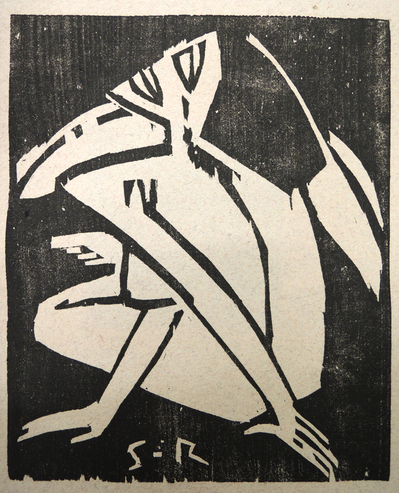
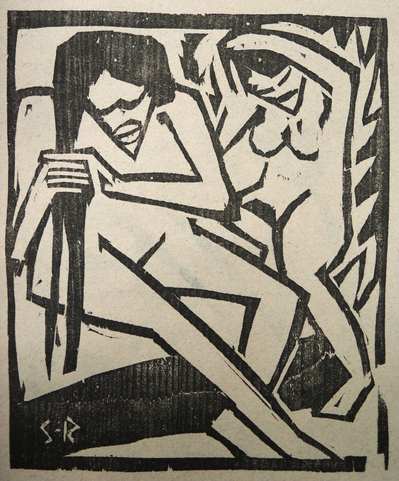
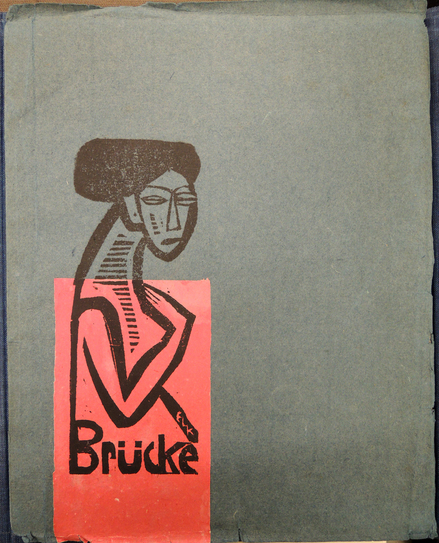
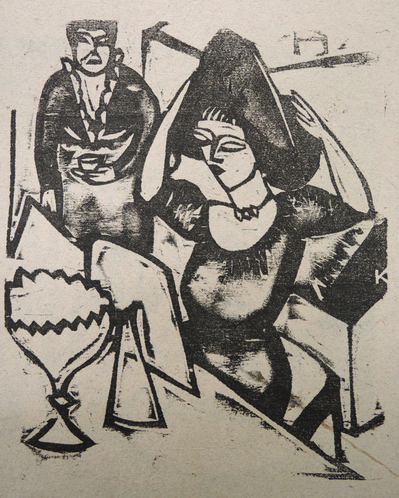
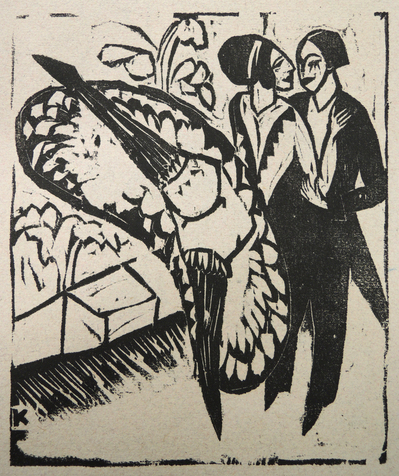

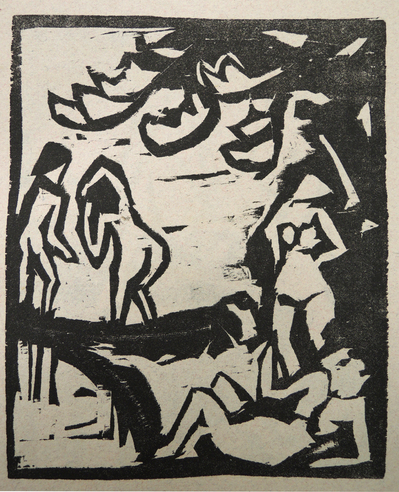
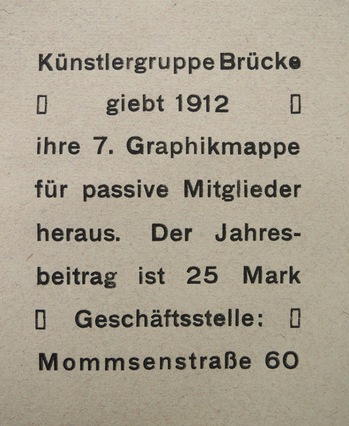
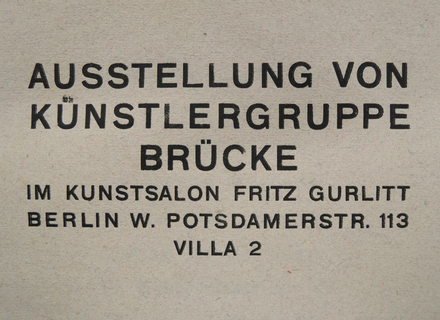
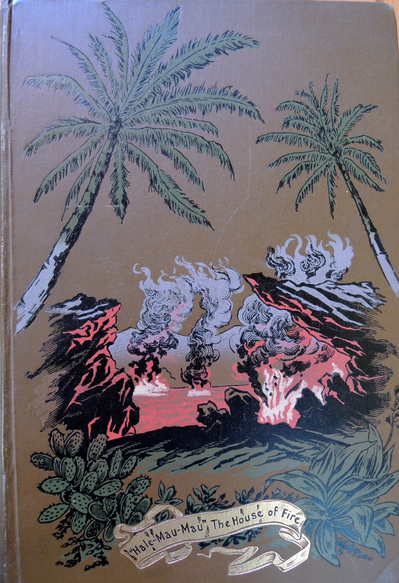

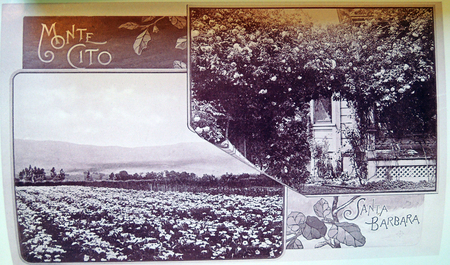
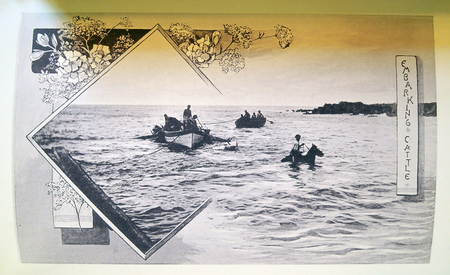
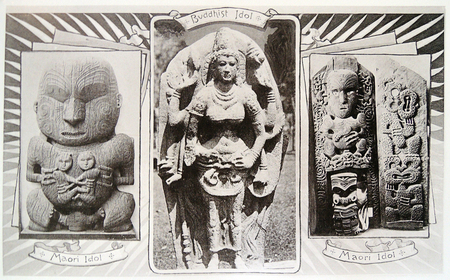

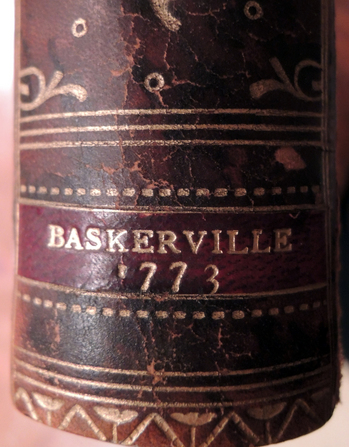
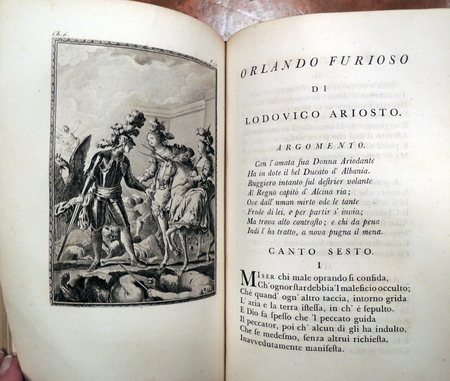
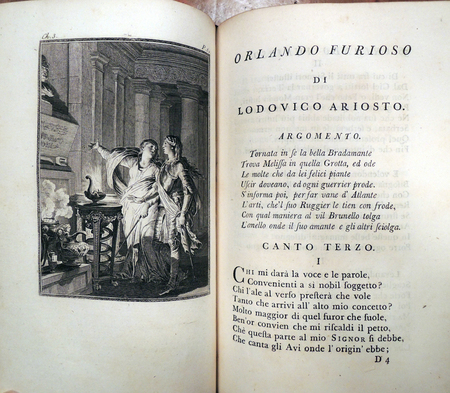
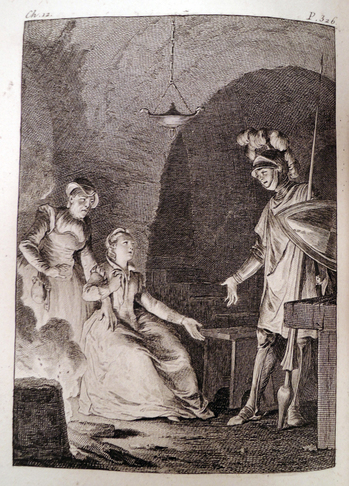

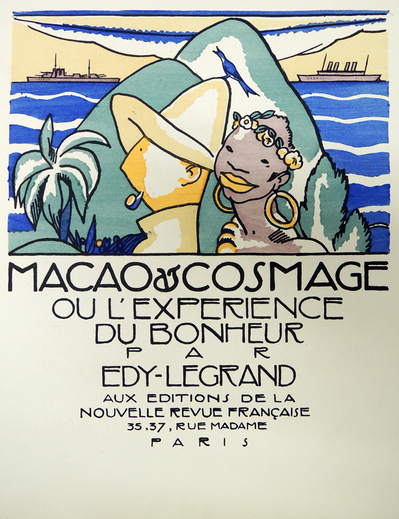

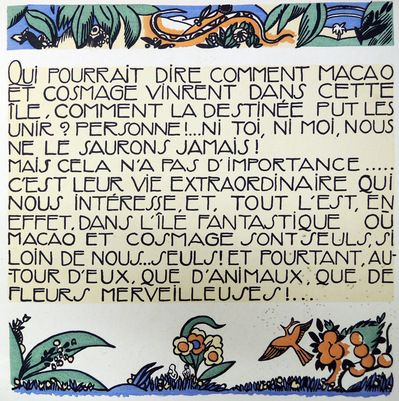

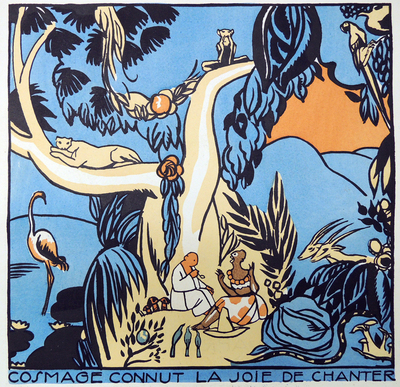
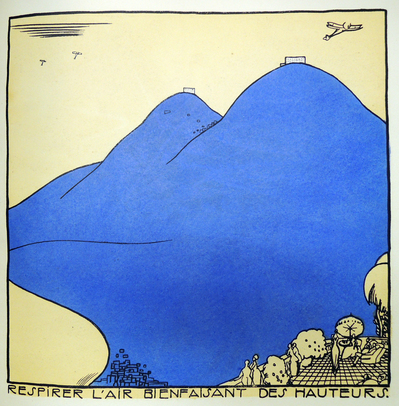
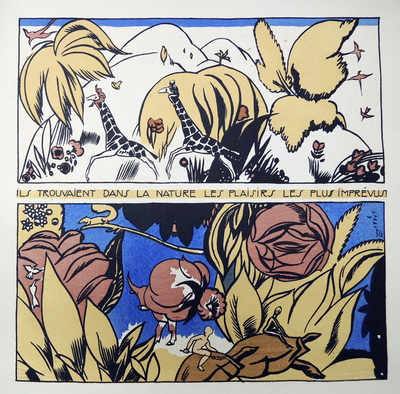
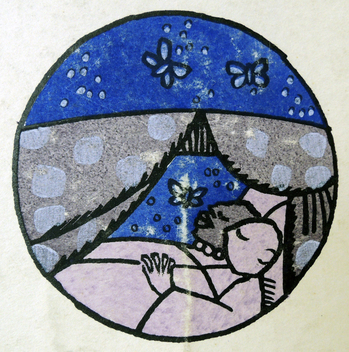

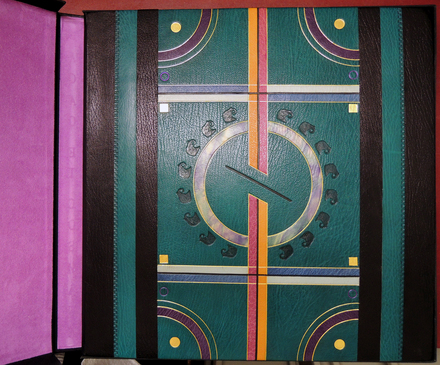
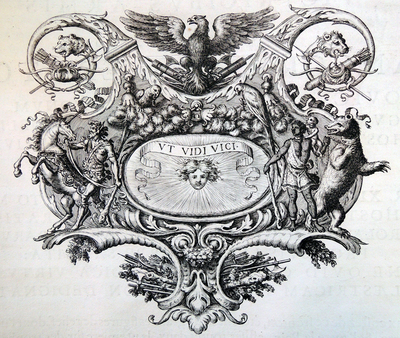

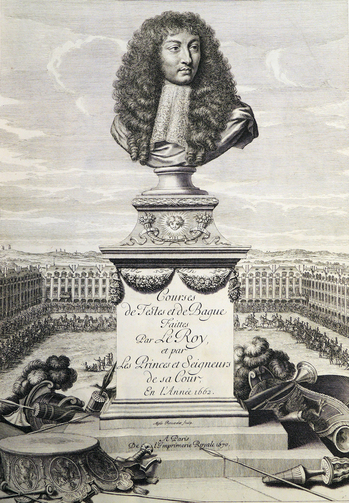
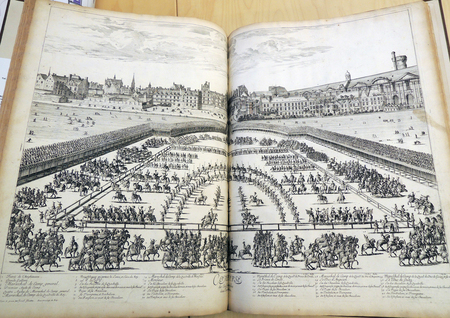
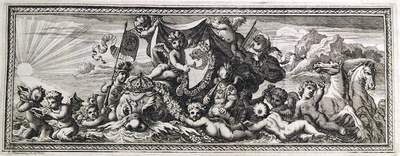

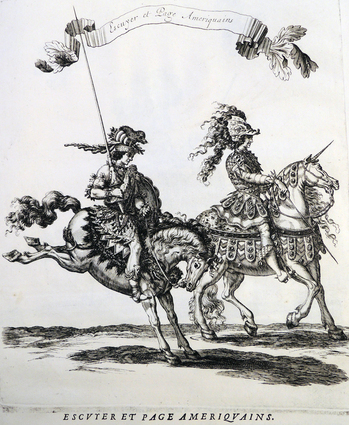
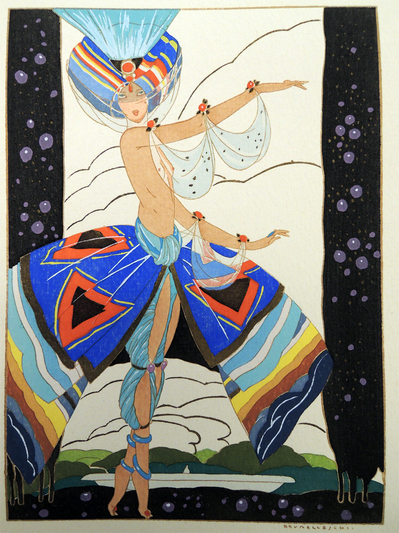
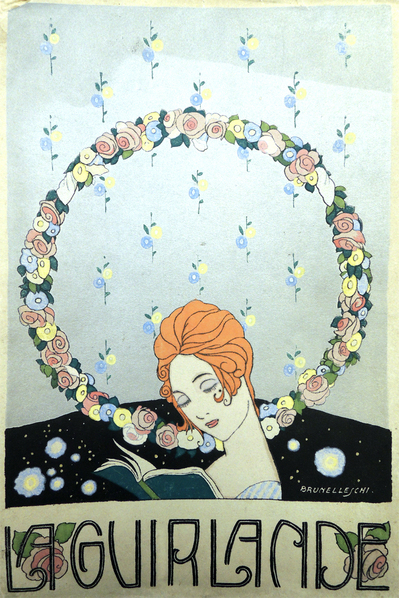
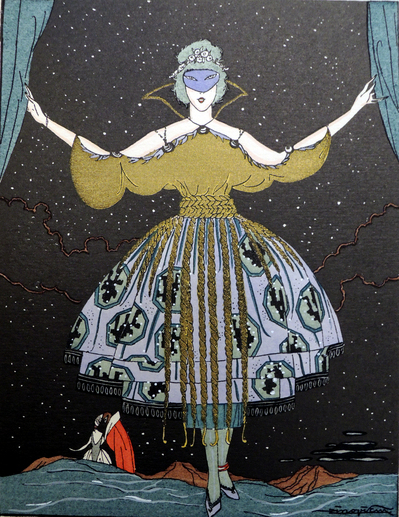
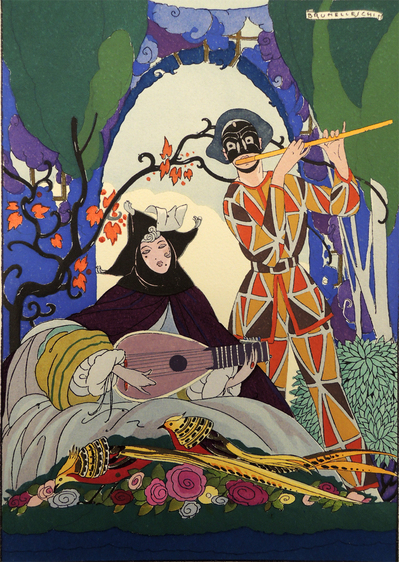
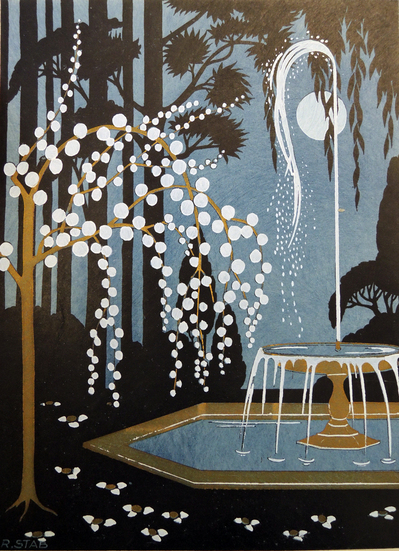
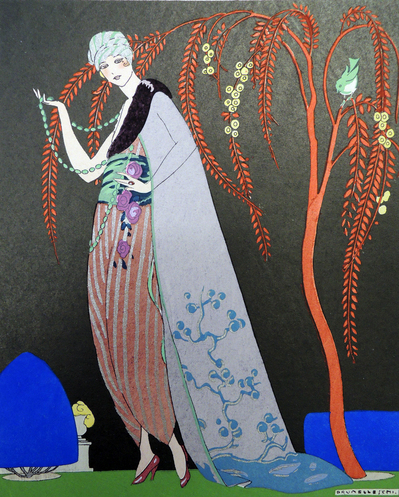
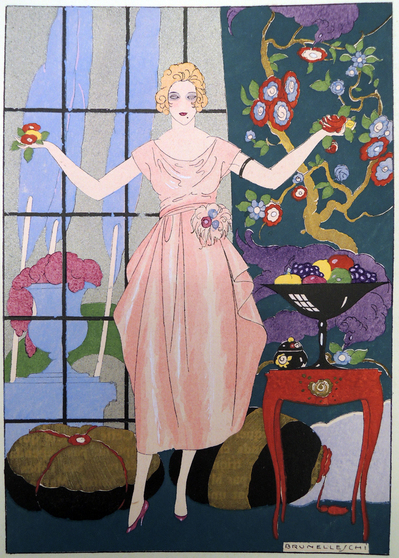
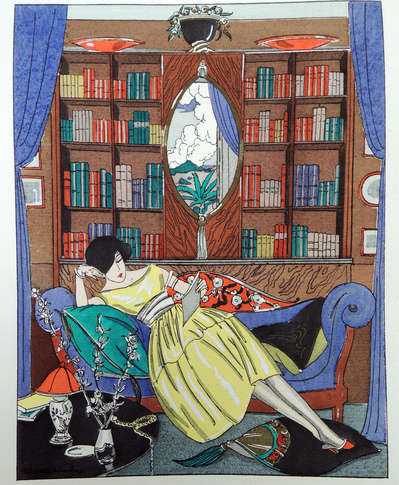

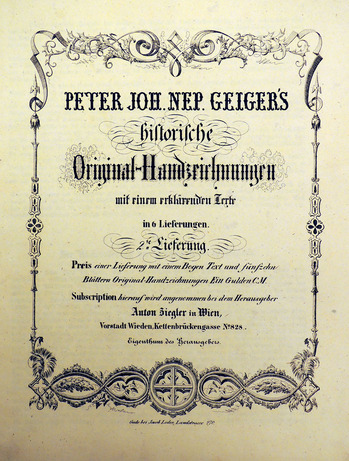
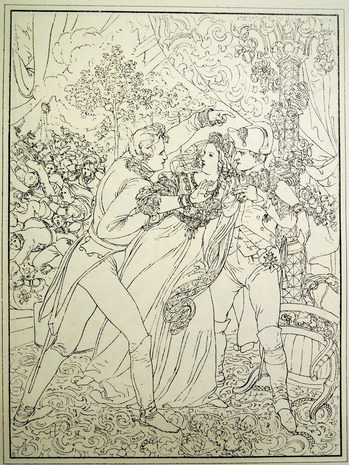
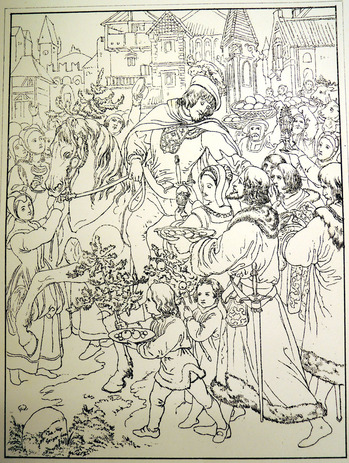

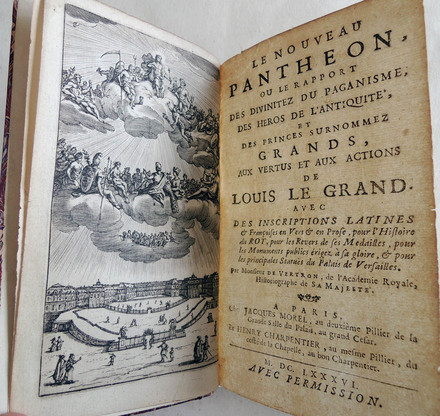
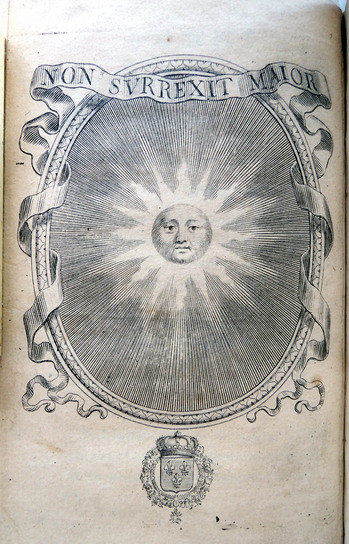

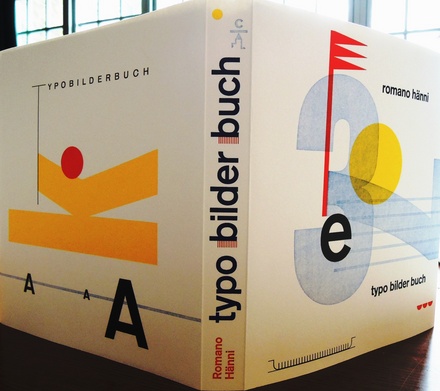

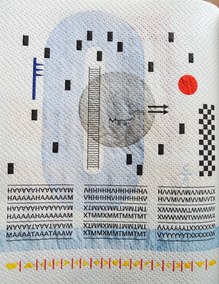
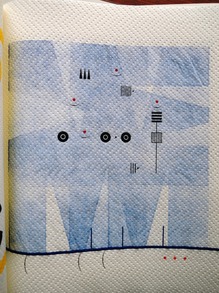
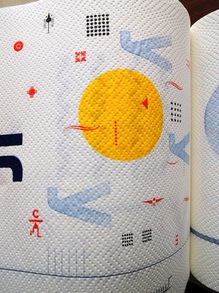
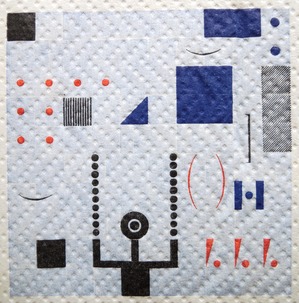

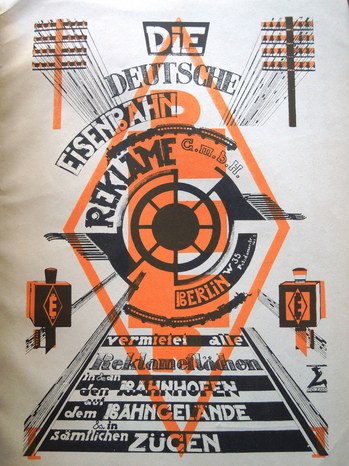



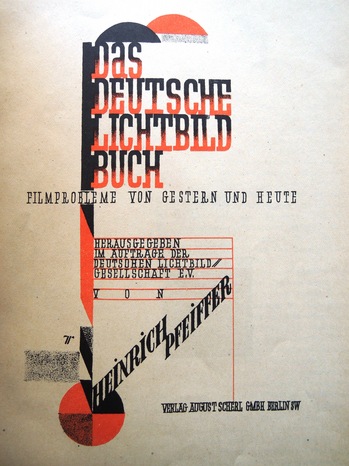
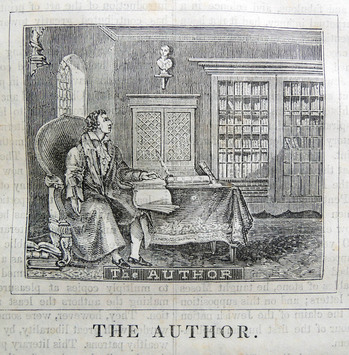


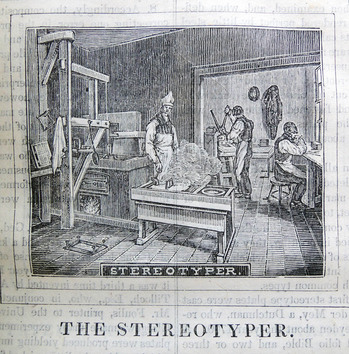
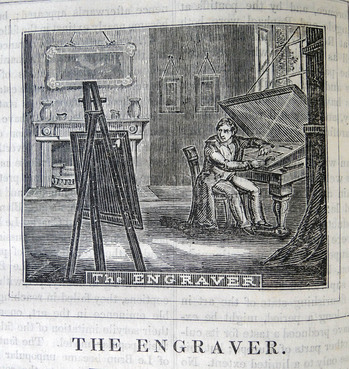
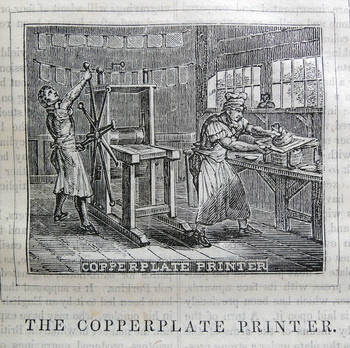
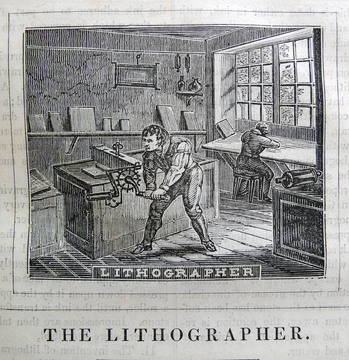
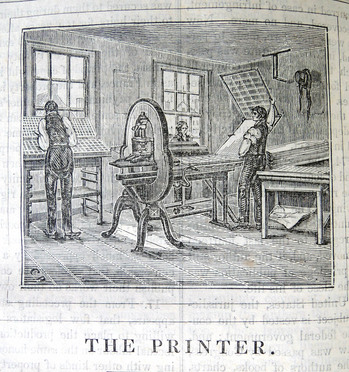

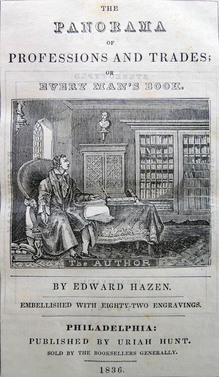


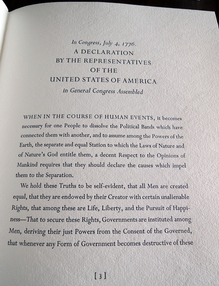

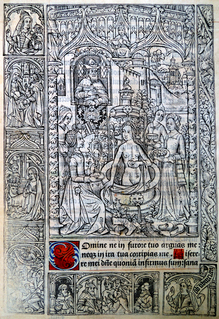
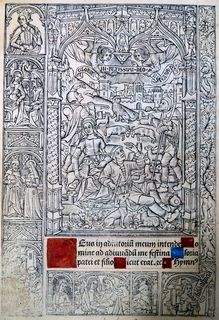
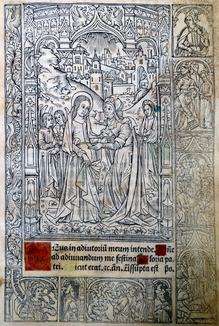
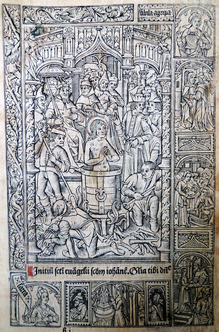
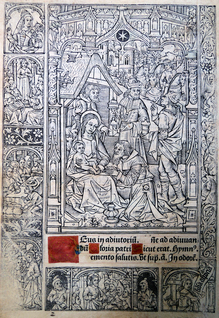
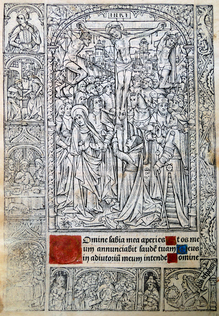
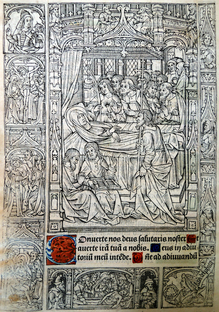
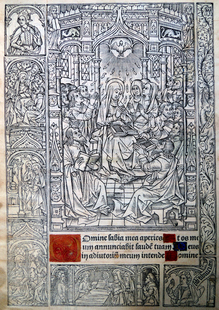



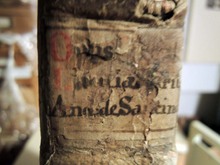
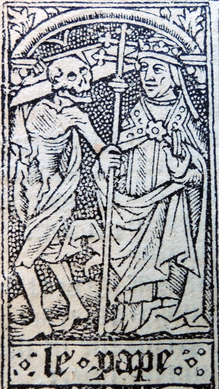

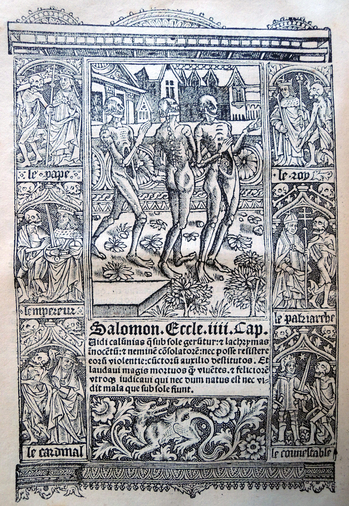
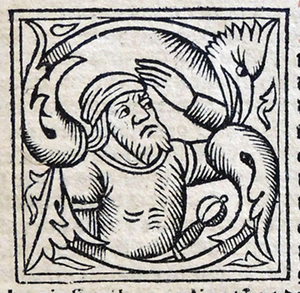

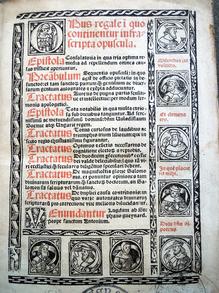
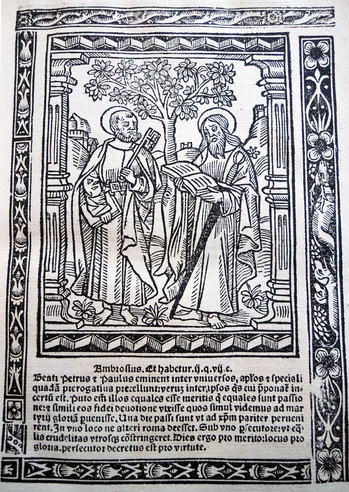

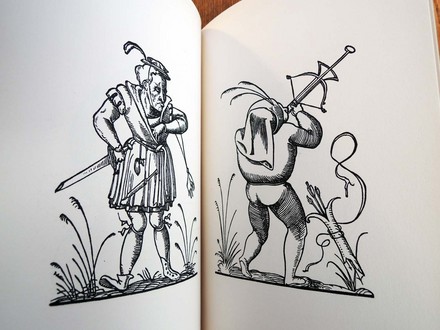

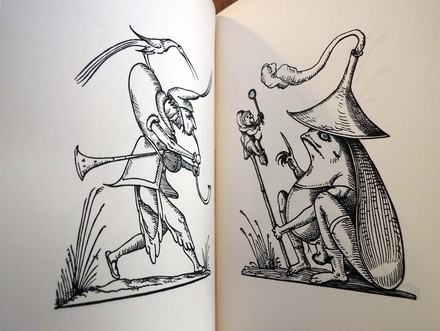
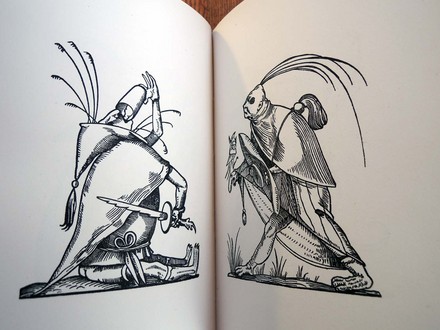
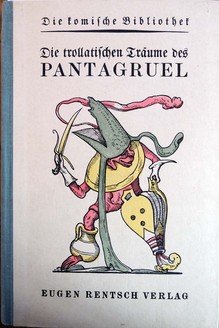
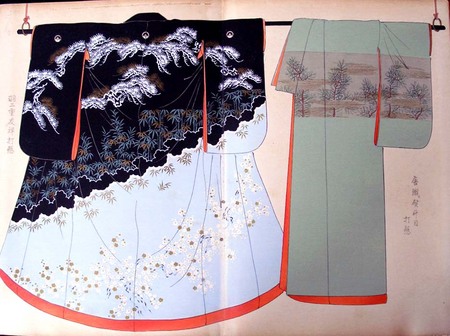
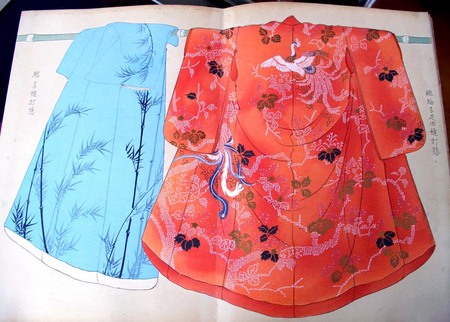
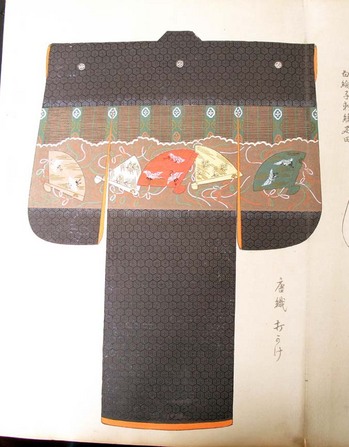
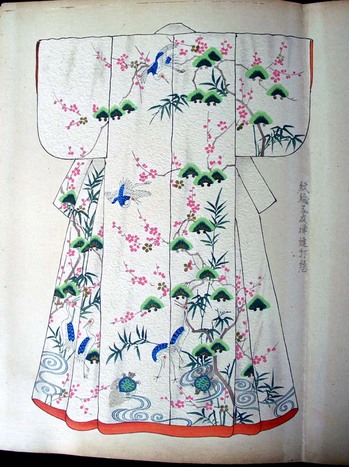
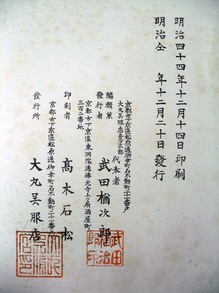
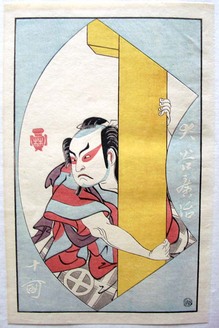
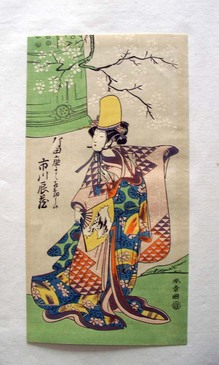
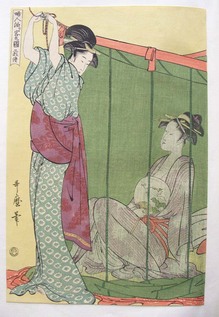
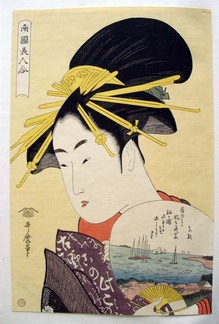
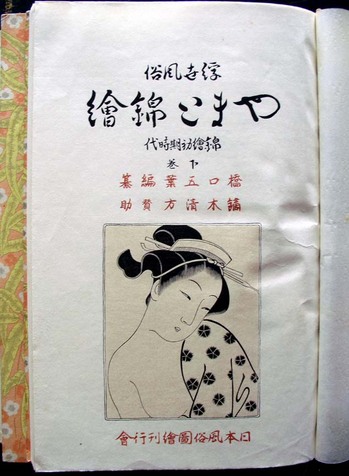

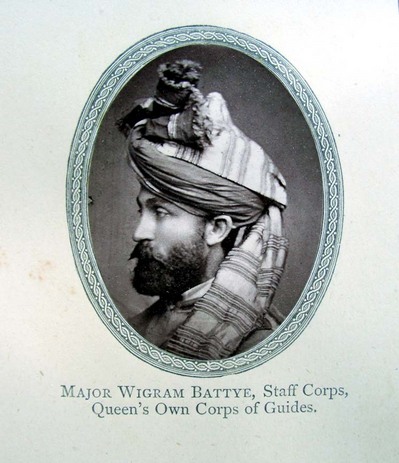
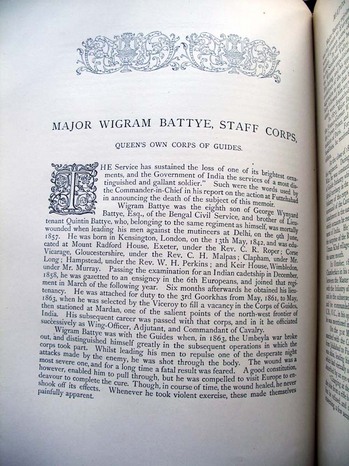
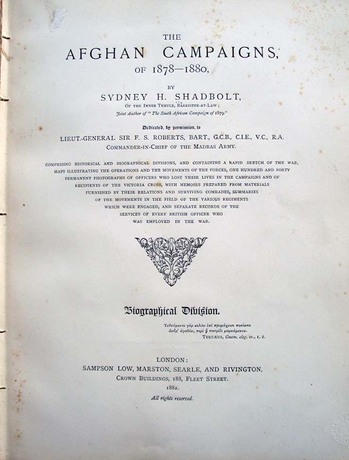
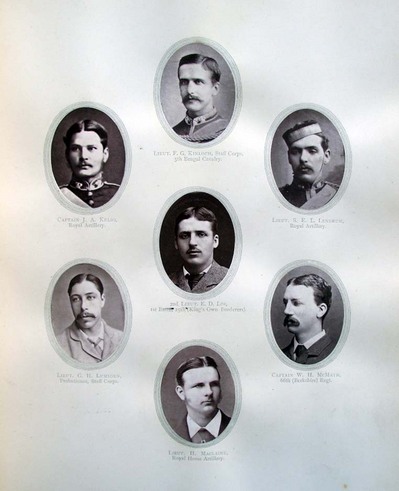

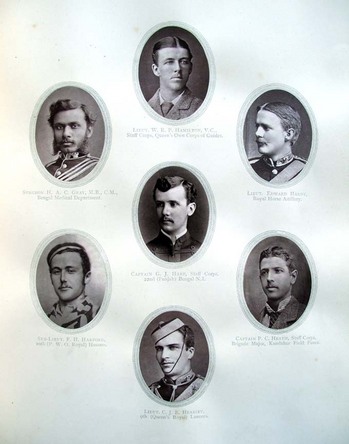
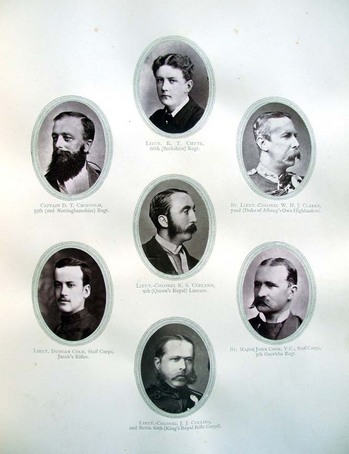


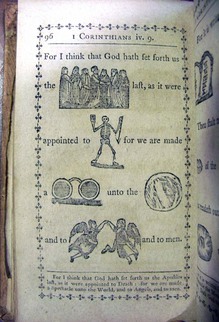
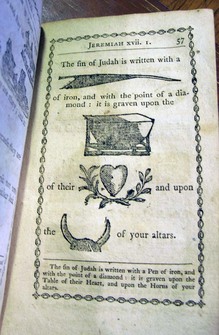
Recent Comments